Zoom In issue 4: Stephen Ljubovic
Stephen Ljubovic paints the wild melancholy and wry humor of the objects weve loved and forgotten, the breath infusing the things that live with us.
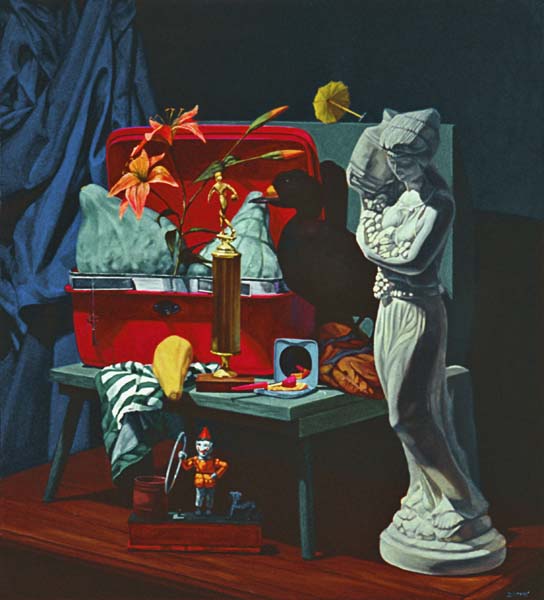
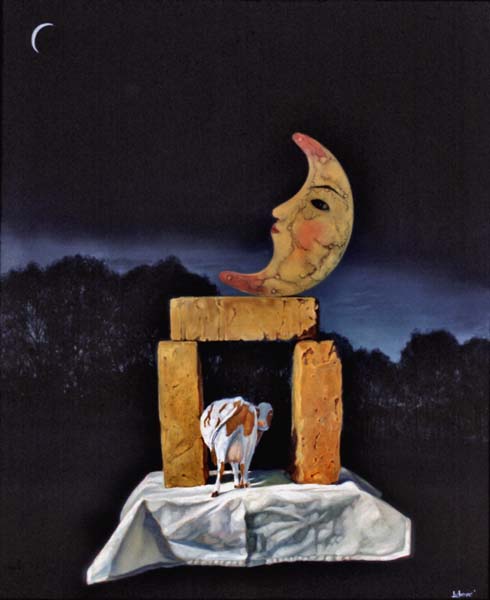
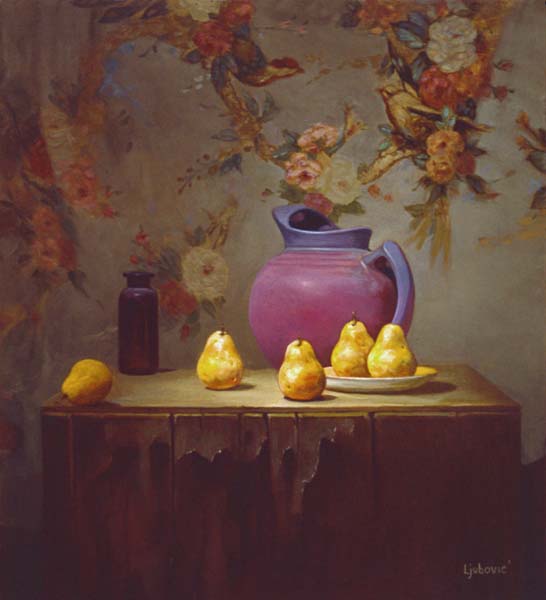
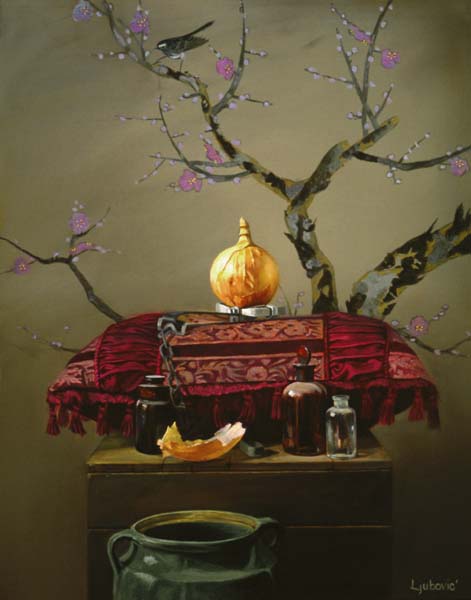
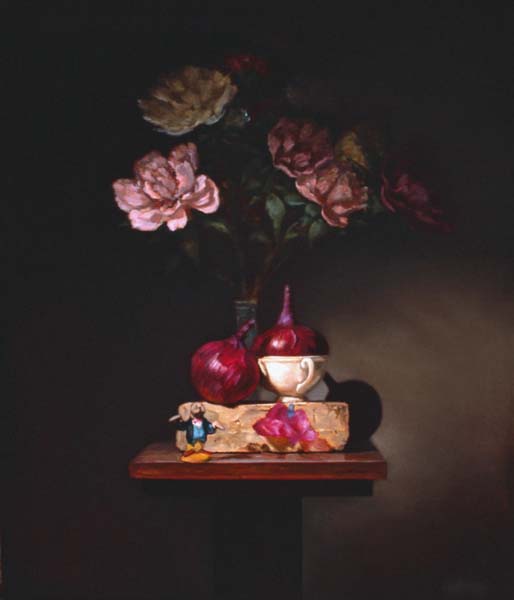
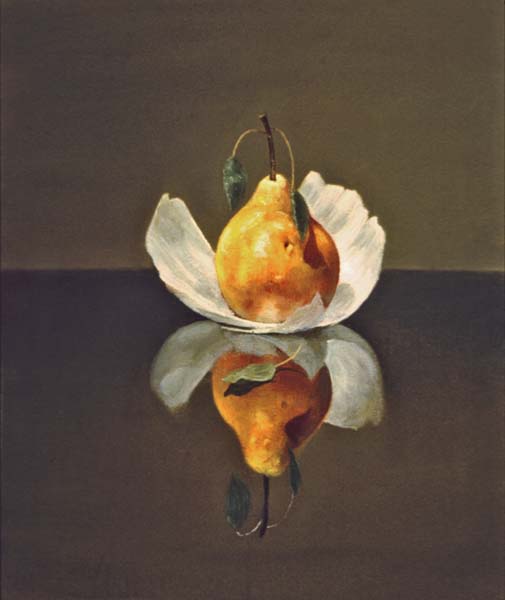
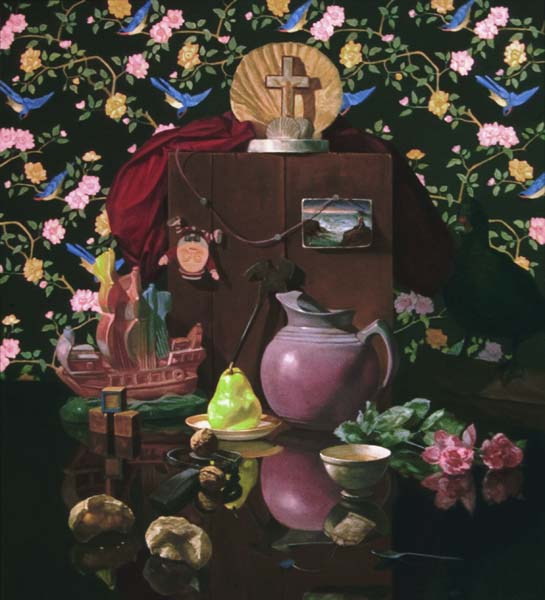
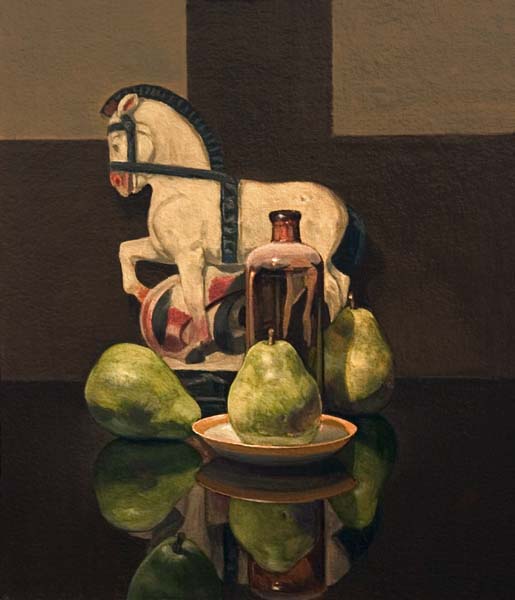
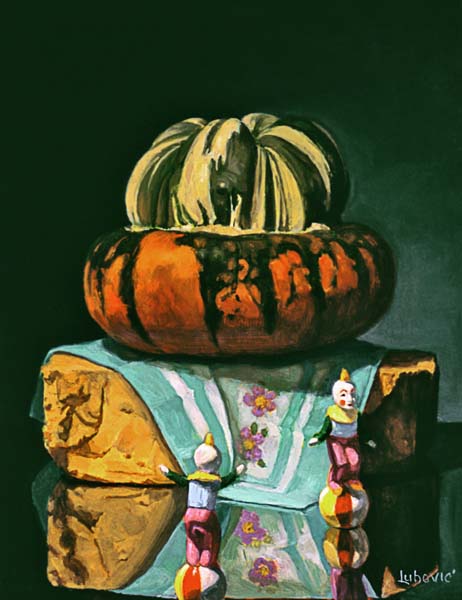
Stephen Ljubovic grew up in a small town on the Iron Range, and lived in northern Minnesota most of his life. He holds an MFA from the University of Wisconsin-Madison, and he’s worked in a realist mode for many years. He is not, however, a “virtuoso” realist; unlike many painters in a similar vein, he retains a certain roughness in brushwork, an open window in the smooth façade. He calls the arrangements of objects that he paints not still lives but “situations,” because these arrangements are eventful. For him, they stir floods of association, memory, longing and regret. His upbringing was a combination of unusual adversities and old-world tradition, and you can see these powerful currents running through his work and his rueful speech.
He’s preparing for a show, “Light From Shadows: Cultural Critique Reflected in Personal Expression,” at the Tweed Museum in Duluth (together with Po Lin Kosuth and Sterling Rathsack), curated by John Steffl, which opens April 25. Sharon Moen wrote the show’s essay, describing the abrupt departure of his mother and his upbringing by his grandmother in the home of his aunt and uncle. She writes, “From early childhood through high school, Lubovich shared a cramped room with his grandmother, her bed lying merely feet from his own. At night, the sounds of an adjacent bar filtered through the walls, serving as the artist’s lullabies. By day, he could see down the street of the sparse town to where his temperamental father lived with a new wife and their firstborn. At a tender age, almost by necessity, the young boy became an observer of situations.”
Q: If virtuosity is not the point of your paintings, what is the point?
There’s a thing in realism, people are so technically facile, so adept—but then you see so much work that’s about being a virtuoso and so empty otherwise. I’m not sure where I fit . . . I ask, What’s the role or purpose of realism?
There’s this phrase that sticks in my head—“pittura metafisica”–looking at both the physical and the metaphysical reality of the object, and that’s what I think I may be after. It’s somehow going through the obvious meaning of the physical object, past the surface of the object, beyond that into a psychological realism, where you can’t just simply look at something and understand it in a glance. There are also some paintings I do because of the formal sense of rhythm, I move the objects around . . .
Q: . . . . like dancers
. . . . .There’s a sense of peace and harmony in more simple paintings like that [speaking of “Pears and Peaches”].
Q: But there are some paintings you call “situations,” and they are quite different from the formal exercises, that is, they’re formal, but more than that they’re meeting grounds of certain meaningful entities or objects . . .
Like “Trick Dog,” that calls up a sort of sleight of hand . . . Thinking about what the paintings represent, not the senselessness of life, but the craziness of life, the problems and complications—that you’re not just waiting for all that to end, which is sometimes what it feels like. Instead, maybe that is what life is, that complication, everything on top of each other. The paintings for me have just as much sense in them as our daily lives, the paintings are metaphors for the complexity of our daily lives, people coming in, going out, random events . . . . that’s what maybe makes my paintings contemporary.
Q: So you’re painting things as entities, as containers of spirit instead of as functional objects?
There’s a commonality that . . . every single object has some kind of meaning for somebody, there’s symbolism. It’s ironic to me that, as much as we value objects, we live in a world where we dispose of things so readily, miles of landfills filled with objects . . . . they’re meaningless unless you put them together, until you recontextualize them, reassemble them in a different context. at least after their function is lost. The chalkware pieces like the horse and the ship, what could be more banal than that . . . “The Carnival Ship,” it implies the transmigration of the soul . . . but who would have thought, when you’re throwing the baseball at the carnival booth to win it as the prize, that that’s what it meant.
Q: You use traditional symbols attributed to that object and make a more contemporary meaning.
Like the Dutch painters, who had all this traditional symbology in the paintings, their complete meanings are lost to us now, but there was all this meaning that painted objects had that now we only partially understand.
“Carnival Ship,” I don’t know why I put it together in the way that I did. I started with the center form, the core, and then I added objects to it, the rose, and the duck; the concept of the duck—in indigenous cultures the duck is one of those creatures that is transitional, because they live in the water and the air, like the frog in Navajo culture, like the role of the shaman.
There’s all of this stuff in my head, when you’re in a dark room for an extended period of time by yourself, like my studio, with the situation set up, being sequestered from the outside world, being sequestered, when you’re there for hours on end . . . This is a luxury that my wife has provided me, god bless her. It’s a meditative process, in that room, thoughts come in.
A meditative isolation with the objects, it allows you to get out of everyday existence, to examine thoughts that have accumulated. When you put the objects together, the associations come flowing in. It has nothing to do with still life.
Q: Have you thought of working in other modes, with the figure for example?
What the hell do you do with a figure, a figure as the subject for a realist painting, it does itself. At the end of it, in many cases, the painting’s success relies almost exclusively on the painter’s technical ability, at the end you have a highly polished, highly finished object, like a custom car.
In a nutshell, I think that what I’m searching for is really the questioning and the searching itself. I’m not looking for some kind of definite answer or painting in some didactic form—it’s the search for what arises from the objects. I’d be frightened if I had the answers. It’s that search, the exploring of where we all fit in. That seems to be the purpose of it all.
Q: For me there seems to be a kind of fragrance of the objects, some kind of way that the meaning of objects is like scent. There’s way in which things mean that words don’t mean.
That’s true for me, I can’t speak articulately about the objects, the situations, I can’t go through and tell you what each object means. It’s the residual of the objects, the remainder, it’s what’s left when you’re done . . .
One thing I’ve found is that when people have bought the paintings, especially the ones that take a long time to sell, the difficult ones that go for years without being bought, it’s always surprising when people buy those paradoxical works, they somehow manage to dig out for themselves a personal meaning, and some of the things that they say are so much more profound than what I had even thought of. At that point for me then it’s a successful painting. When someone tells me what they’ve found, then the painting is finished.
It surprises me that there are people out there who think about such things, that they are so contemplative about what the painting means to them—
Q The background to your associations—you don’t have the usual raised-in-the-suburbs childhood, you grew up in a small isolated northern town in a very Slavic milieu, in unusual circumstances. . . .
I think that’s helped me. I’ve kind of lived in two worlds, I was raised by two women, in a very traditional Serbian setting yet also lived in an American culture. It makes you an observer, being an outsider. And there’s a dark side to the Slavic mindset, a reflective melancholic mindset. In first grade I learned that a Serb started World War I, and I probably took it more personally than I should have. I was surrounded by this culture Maybe you can’t escape your childhood.
Being an observer—a totally useless thing, and a necessary one.
And there’s Eastern Orthodoxy too—the paintings of the icons, very flat, almost modernistic, more powerful than the paintings of Michelangelo in a way, there’s this introspection, like sitting in the dark, their simplicity means that the mystery is beyond the surface . . .
Q: but it depends on your perception of the surface . . .
. . . . And on what’s in you that is triggered by that image.
Q: The image as a cue or as a clue to the nature of things.
Like the “Pear Portrait,” a real simple painting, but almost an iconic kind of image. It’s simple, and thus invites the viewer to supply meanings.